Tips & Trends for 2025: rising demand for PIM Testing
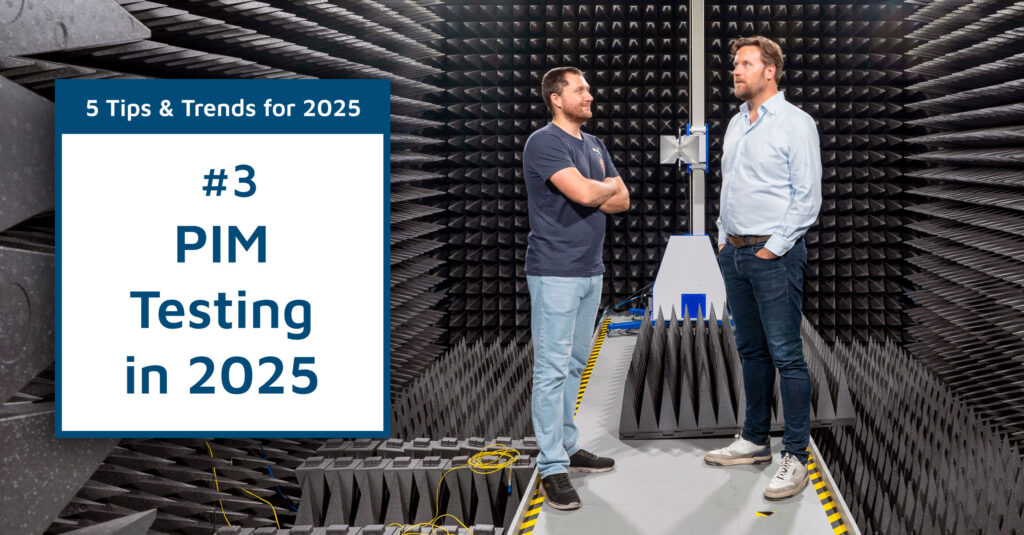
Advancements in wireless communication technologies will…
Tips & Trends for 2025: Inhouse pretesting for OEMs
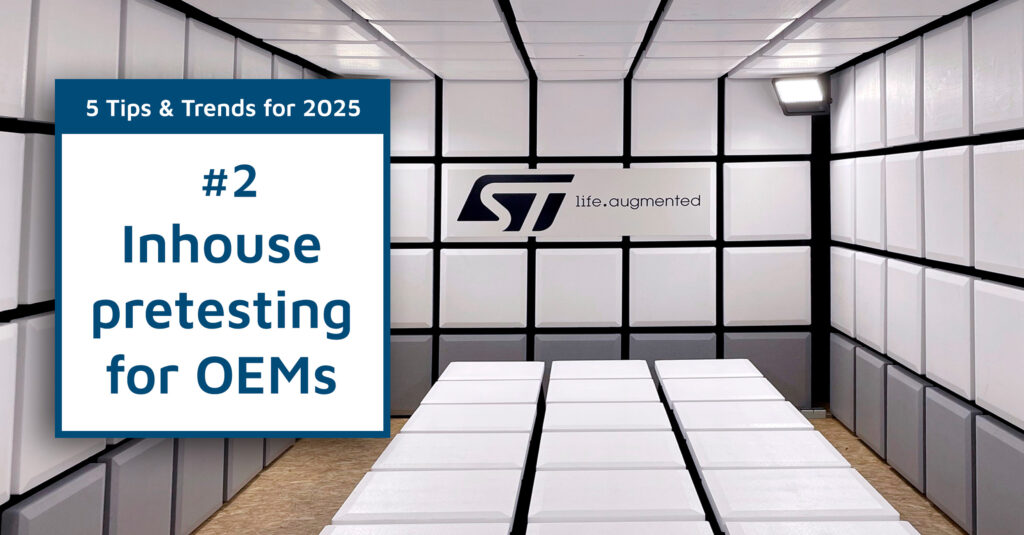
In-house pretesting is a wise investment that saves time and money. In a series of five posts, our specialists share trends and developments for 2025. This week, Technical Consultant Uliana Trucchi will discuss the future of in-house pretesting for OEMs. Uliana: “More and more products contain electronics that require testing. Many OEMs use test houses […]
Tips & Trends for 2025: Tempest Shielded Rooms and Chambers
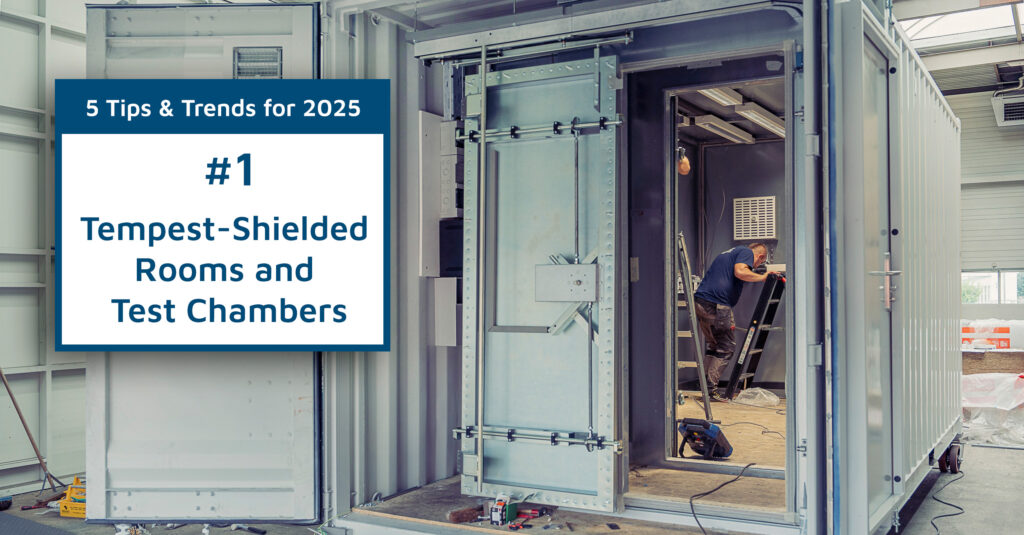
Electronic devices create radiated electromagnetic emissions that can
Stripping and upgrading a chamber in two days
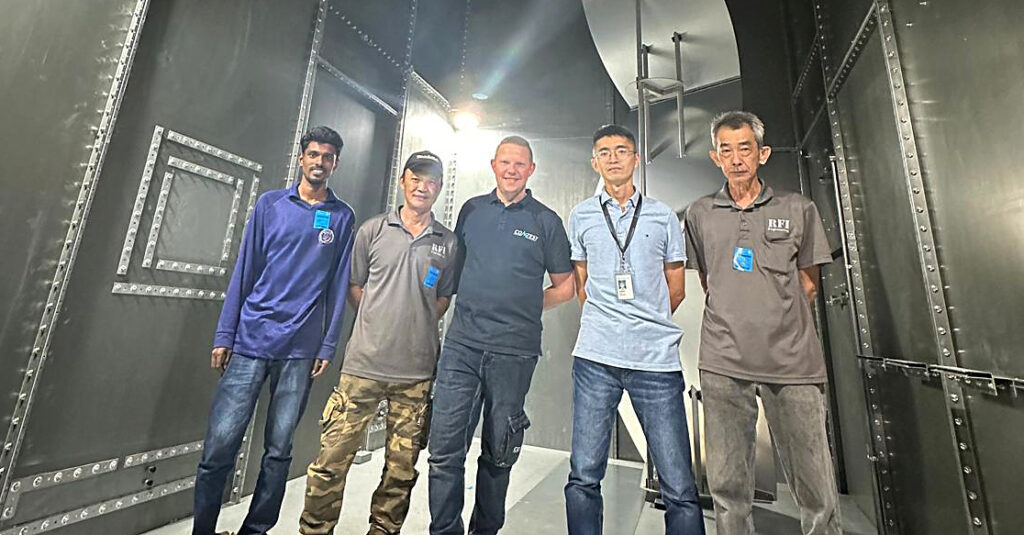
Upgrading a chamber with a minimum of downtime. How do we do that? In the middle of the photo is Edwin van der Ploeg, our international Service Engineer and supervisor of the chamber upgrade he is standing in.
The Comtest Growth-Coaching Competition

Enter our Growth-Coaching Competition and have a chance to win incredible prizes! Within the Comtest family, we focus on listening more than talking for personal growth, but speaking is much more effective than listening when growing flowers.
Upgrading an EMC chamber with new absorbers on old tiles
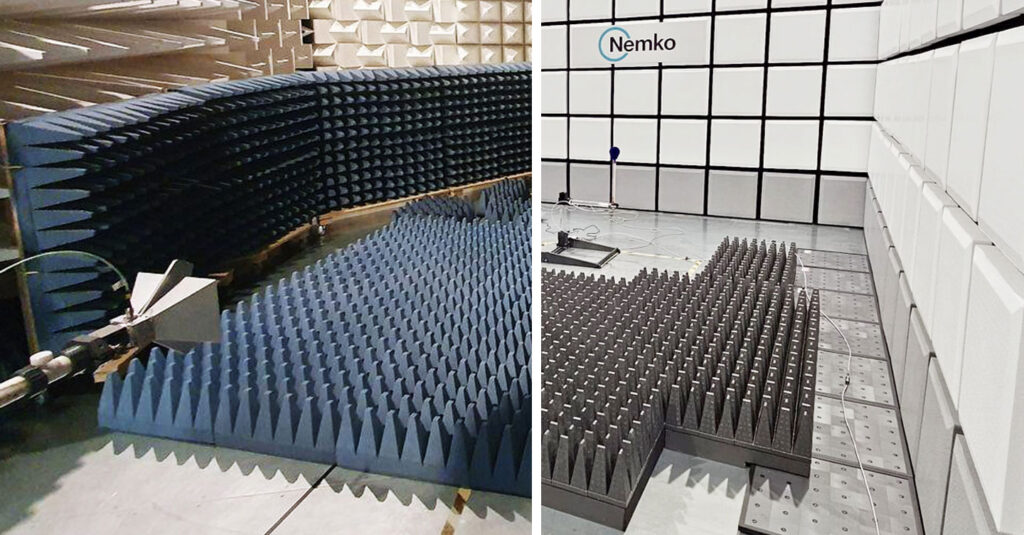
Can you upgrade an EMC chamber and keep the old, glued ferrite tiles? “It’s possible”, says Uliana Trucchi, one of our technical consultants. “Say you want to replace your old absorbers because you need to meet performances over 1GHz, and you wish to keep the ferrite tiles because they are glued to the chamber’s walls and ceiling. That is exactly what the people from Nemko in Germany asked us for the chamber upgrade in the photo.”
The number of stirrer positions vs power
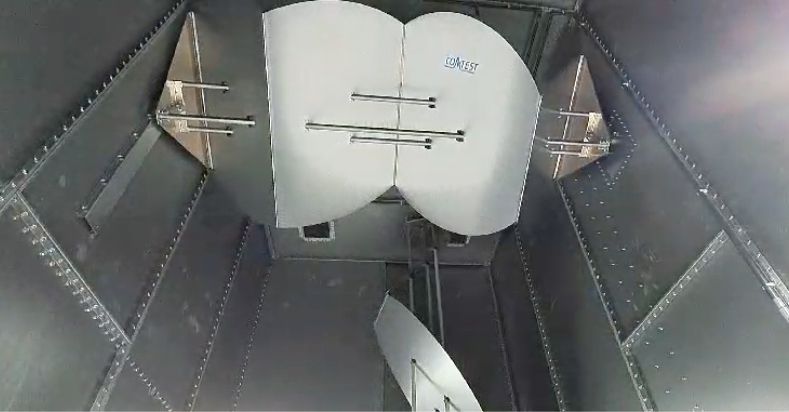
Testing time is valuable, so this post provides tips on optimising the number of stirrer positions in your reverberation chamber to fit your budget and test requirements. “There is a delicate balance between the number of stirrer positions and the amplifier power for a given reverberation chamber,” explains our R&D Consultant, Dimitrios Barakos. By collaborating with EMC test solution provider Rohde & Schwarz, we aim to find the most efficient solution for our clients. “
CISPR25 Edition 5 & partial absorber lining
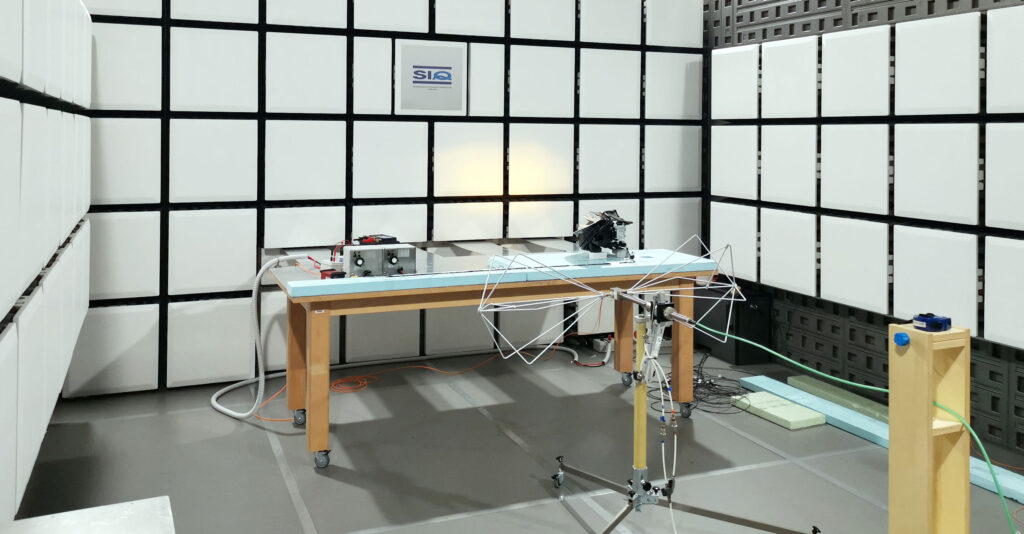
What are the design criteria for CISPR25 towards absorber lining as per the latest standard version? CISPR 25 was initially published in 1995. The 5th edition, published in 2021, significantly expanded the category of receivers by including new technologies such as Wi-Fi, V2X, navigation, and more.
Dust-free absorbers on the AMTA 2024 in Cincinnati
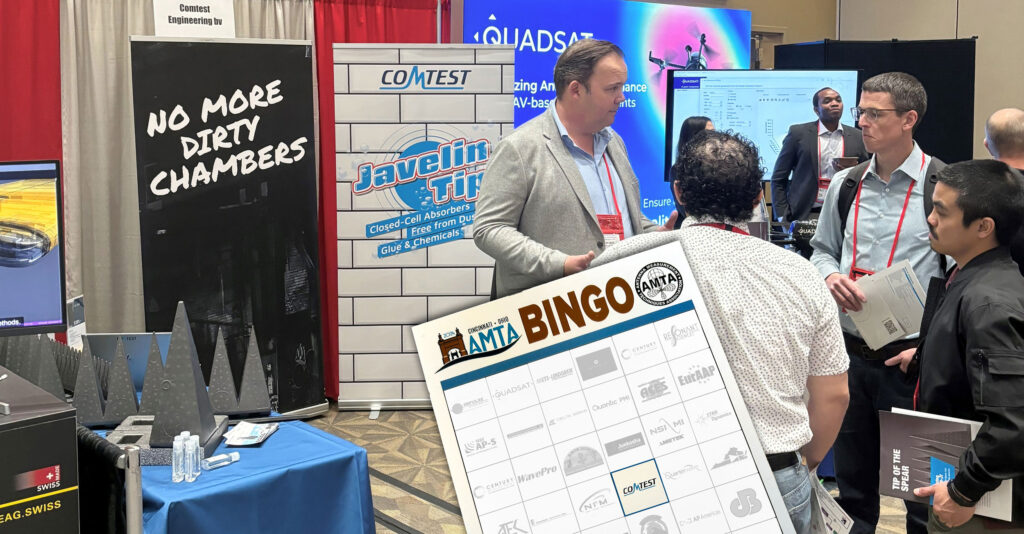
No more dirty chambers! Our mission to create cleaner work environments brought us to Cincinnati’s AMTA 2024 Exhibition. In the photo in the middle, Vincent van de Vrie, the latest addition to our international technical consultancy team, is shown. He said he learned a lot from the many visitors to the three-day event.
When is it time to acquire a FAC instead of a SAC?
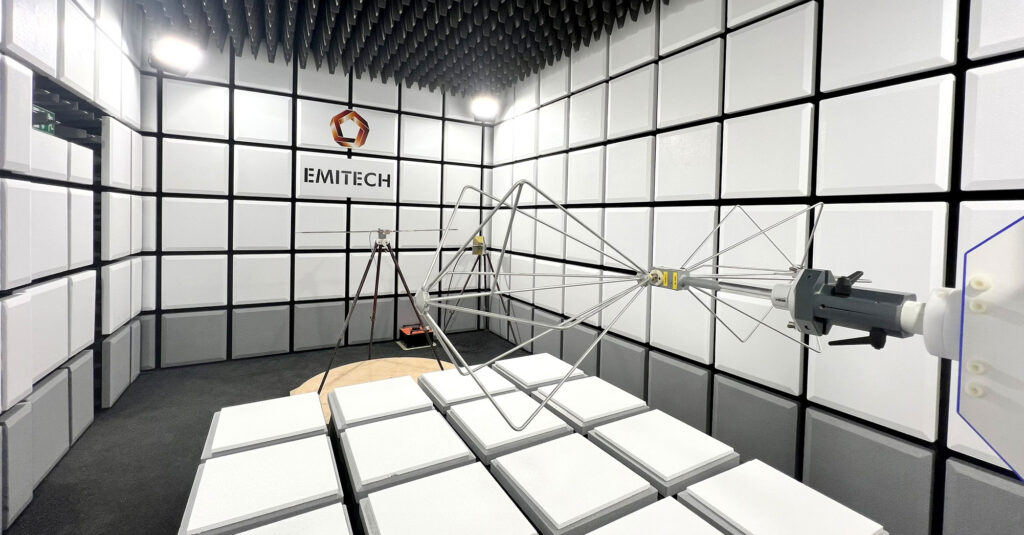
When is it time to acquire a full anechoic chamber (FAC) instead of a semi-anechoic chamber (SAC)? After delivering 21 chambers and upgrades for the leading French test house, Groupe Emitech, we approached their Group Director of Purchasing and former Deputy Technical Director, Julien Joly, with this question.
